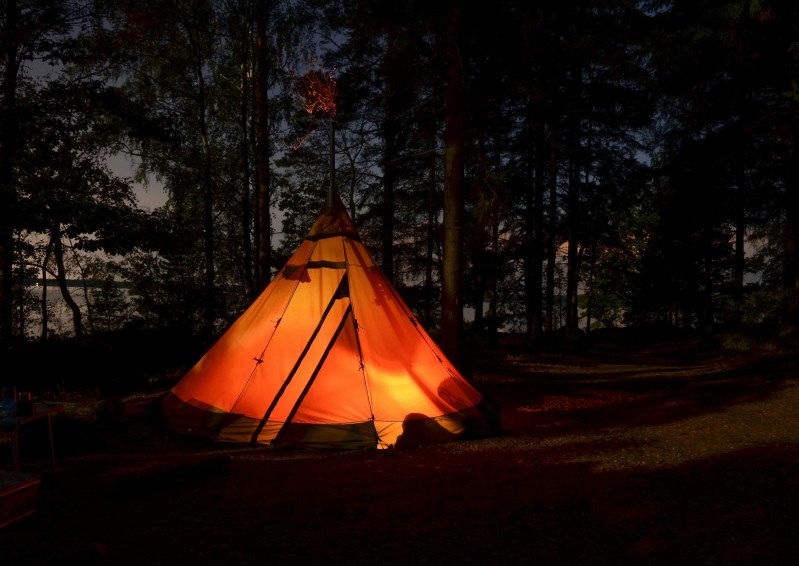
Camping is amazing. The sights, the sounds, the fresh air, and the adventure are unparalleled, but there are some things about camping that aren’t so romantic. One challenge that often annoys campers and hikers alike is the unrelenting presence of bugs, especially at night. If you find yourself constantly having to re-apply the bug spray, you might not be aware that most modern headlamps have a solution—red light.
The red light feature in headlamps is more than just a gimmick. It’s a thoughtfully designed solution to a common outdoor problem. In this article, we’ll shed some light on the red light feature in your favorite headlamps and lantern.
Bugs aren’t attracted to red light

The big thing to know is that most bugs aren’t attracted to red light. Most insects have only two types of visual pigments. These pigments allow them to absorb green and yellow light (around 550 nm), and blue and ultraviolet light (less than 480 nm). Crucially, these visual limitations mean that most insects are not sensitive to red light (with wavelengths longer than 650 nm).
When a standard white or blue light is used in a camping scenario, it can become a beacon for various insects, leading to a less-than-pleasant outdoor experience. Switching to red light, on the other hand, makes the area around you pretty much invisible to these pesky critters.
Recognizing the benefits of red light in outdoor settings, manufacturers of outdoor gear have incorporated red light settings into most modern headlamps. This feature serves a dual purpose. First, it not only helps keep bugs at bay, but it also preserves night vision, which is crucial for any nocturnal outdoor activities.
Red light can also be more energy-efficient in some models of camping headlamps. This means that you’ll be able to squeeze a longer battery life from your lamp if that ever becomes a concern.
When choosing a headlamp, it’s advisable to look for models with an easily accessible red light feature. Not all headlamps are created equal, and some may have better red light functionality than others.
Headlamps with a red light feature typically come with easy toggling options, allowing users to switch between standard white light and red light as needed. This flexibility is invaluable in different outdoor scenarios, whether you’re setting up a tent at night, navigating a trail, or simply needing a light that doesn’t attract bugs.
By leveraging the science of insect vision, headlamp manufacturers have provided campers and hikers with a simple yet effective tool to enhance their nocturnal outdoor experiences. So next time you find yourself gearing up for an outdoor adventure, consider packing a headlamp with a red light feature. Your peaceful, bug-free night will thank you.



